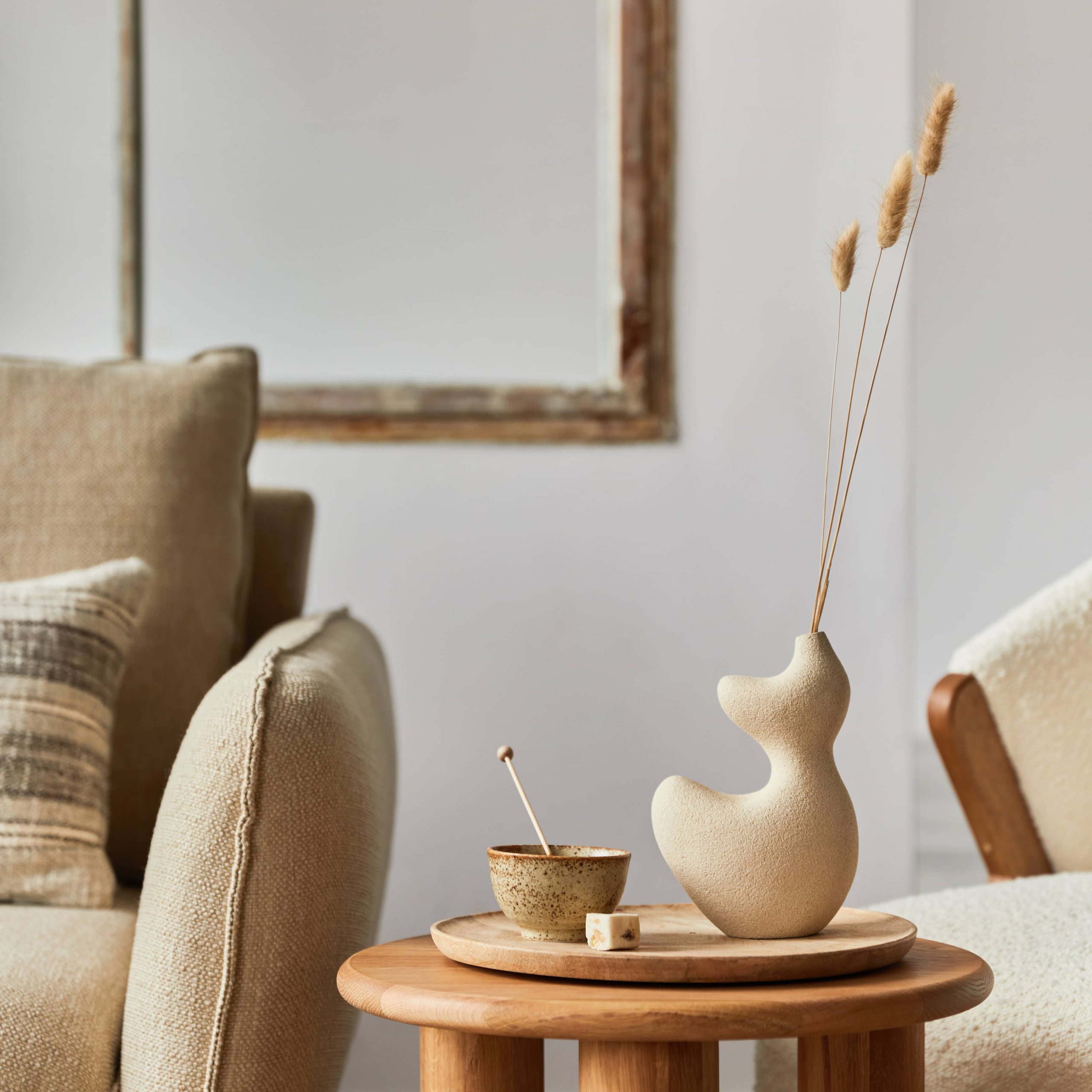
Balancing aesthetics with functionality is an art form in interior design, and two fundamental principles that play a significant role are scale and proportion. These concepts are intertwined, yet distinct, and understanding their significance can elevate a space from ordinary to extraordinary. Whether you’re decorating a cozy cottage or a sprawling mansion, getting a grasp on scale and proportion is crucial for creating harmonious interiors. Let’s explore these concepts and their impact on home decor in detail.
Understanding Scale and Proportion
Scale refers to the size of objects or elements in relation to one another and the space they occupy. It involves choosing furnishings and decor that fit well physically and visually within a room. For example, a massive sectional sofa that occupies most of a small living room may overwhelm the space, creating an imbalance.
On the other hand, proportion is about the relationship between parts of an object or objects within a whole. It’s about the harmony between different elements in a room, such as the height of a table relative to its chairs or the size of a lampshade in relation to its base. Achieving proper proportion involves ensuring that parts are in relation to other parts, creating a sense of equilibrium and unity in a room’s design.
The Impact of Scale in Interior Design
1. Spatial Awareness: The scale of furniture and decor can dramatically affect how a space feels and functions. Oversized or undersized elements can disrupt the flow and functionality of a room, making it feel cramped or sparse. It’s essential to select items that fit the room’s dimensions, allowing for ample movement and use of space.
2. Visual Weight: Scale contributes to the visual weight of a piece of furniture or accessory. For example, a plush, overstuffed armchair naturally has more visual weight than a sleek, minimalist chair. Balancing visual weight is key to preventing a space from feeling cluttered.
3. Focal Points: Using scale effectively can create memorable focal points. A large piece of art or a dramatic light fixture can command attention and set the tone for a room if scaled correctly to the space.
The Role of Proportion in Creating Balance
1. Harmony and Unity: Good proportion is about achieving a balance that enhances the room’s overall harmony. Consider the Golden Ratio, a mathematical principle that designers often use to create visually appealing compositions. Applying similar ratios to how furniture and decor are arranged can result in a cohesive aesthetic.
2. Functional Proportion: Practicality often influences proportion. For example, the height of a side table should be proportionate to the arm of the chair it accompanies, ensuring comfort and functionality when reaching for items.
3. Layering Elements: Effective use of proportion allows for successful layering of decor, incorporating smaller and larger elements to add depth and interest without creating discord. This could mean pairing a large couch with a smaller, delicate coffee table, creating a balanced look.
Practical Tips for Using Scale and Proportion
1. Room Assessment: Before purchasing furniture or decor, assess the room’s dimensions. Consider the height, width, and depth and how your pieces will interact within those parameters. Sketching a layout or using design software can help visualize the space.
2. Balance Large and Small: When dealing with an oversized piece of furniture, balance it with smaller-scaled items to prevent the room from feeling off-kilter. Conversely, in a room with petite furniture, introduce one or two larger elements to ground the space.
3. Vertical Proportion: Don’t forget the vertical space. Tall bookshelves, art hung at different heights, and large windows can all contribute to the perception of scale and proportion in a room.
4. Repeating Patterns and Shapes: Create cohesion by repeating similar shapes and patterns in different sizes. This technique can draw the eye around the room and create a sense of rhythm.
5. Trust Your Instincts: While understanding theories of scale and proportion is invaluable, trust your instincts. If something feels out of place, it probably is. Sometimes, breaking the rules can create a stunning, unexpected result.
Real-Life Applications
Consider a living room with a vaulted ceiling. The temptation might be to fill the space with massive furniture to match the room’s grand scale. While it’s important to introduce some larger pieces to anchor the room, an entire suite of oversized furniture can be overwhelming. Instead, balance by incorporating various sizes of furniture and decor. Use tall plants, art, or shelving to draw the eye upward and appreciate the ceiling height, while smaller, complementary pieces draw attention back to the intimate conversation areas.
In contrast, decorating a small bedroom requires careful consideration to avoid overcrowding. Opt for a modest-sized bed, and balance it with proportional nightstands and lamps. Utilizing vertical space, like adding wall-mounted shelves, can effectively maximize scale without impeding the room’s functionality.
Conclusion
Scale and proportion are the unsung heroes of interior design, silently working together to create environments that are not only beautiful but functional and welcoming. By understanding and applying these principles, you can transform any space into a harmonious haven. Whether you’re redesigning your home from scratch or giving a fresh look to your personal sanctuary, remember: the right balance of scale and proportion is the key to unlocking your home’s full potential. Embrace these concepts as your guide, and watch your interiors come to life with grace and style.













